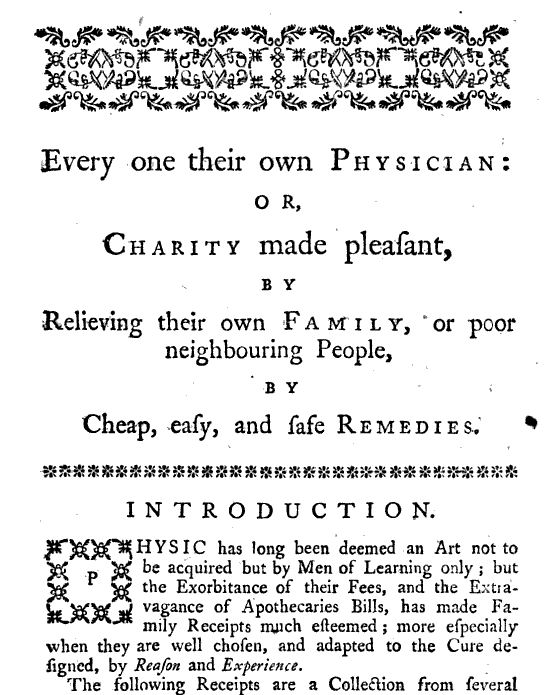Kristi here. If your home is anything like mine, there have been plenty of sniffs and snuffles passing through this winter. The headaches, congestion, and overall achiness can range everywhere from the annoyance of the common cold to the seriousness of pneumonia.
Today, we know the difference between the flu and a cold, bronchitis and a sinus infection, and a tension migraine and a sinus headache. Or at least, our doctor knows the difference and can help us with the right concoction of pills and vitamins to get us through the discomfort.
The suffering Regency inhabitant was not so fortunate.

The scientific study of medicine was just coming into existence as the Regency rolled around. Knowledge of germs and nutrition and the importance of cleanliness were mere inklings of ideas in the heads of the most advanced medical minds of the time. And these men (for they were almost exclusively men) were often scoffed at for their new ideas and practices.
Because medicine was still working to organize and legitimize itself, healthcare fell on the shoulders of the people, or more specifically the women. Cookbooks of the day would contain recipes for home remedies that could be mixed or cooked to aid the ailing.Mothers would also pass down time-honored practices for various diseases, leaving people at the time with a mix of rudimentary science, folk remedy, and medieval traditions. Physicians were so rare and costly that one had to be very rich or near death to call upon one.
So how did they handle the fevers and the sniffles?

Without decongestants and pain relievers, they were forced to take to their beds for however long it took the body to overcome the bacteria or virus. Because many congestion related disorders were thought to be brought on by cold or damp conditions, sick rooms were often kept warm and dry, with little to no air circulation.
The old axiom “Feed a cold, starve a fever” was also prescribed to, with some ailing patients being restricted to diets of bread and water in the hopes of purging the bodies of the disease.
Some households would have knowledge of herbs and be able to ease the pain with concoctions of willow bark tea while others preferred to drink themselves into oblivion until the worst of the illness had passed.
Other interesting treatments of the time included inducing copious amounts of sweating, stuffing orange rinds up the nose, and colonic irrigation, or cleansing of the bowels.
The second half of the 1800s showed the beginnings of the cold remedies that resemble what we see today. While medicines involving heroin and chloroform have been eradicated, the Vicks Vapour Rub introduced in 1890 is still pretty much the same.
Want to learn more about the history of medicine in England? Check out the online museum from the Royal Pharmaceutical Society. You can link directly to the paper on the common cold here.
Be sure to come back Wednesday, when Jillian Kent will be here at Regency Reflections sharing about her latest book, Mystery of the Heart, which incorporates the quickly changing field of medicine during the Regency time period. Stop by and enter to win a copy of her book.
Other sources used for this article include All Things Austen: An Encyclopedia of Austen’s World, The House-keeper’s Pocketbook, and Compleat Family Cook, LiveStrong.com, and DukeHealth.org.
Originally posted 2013-01-28 10:00:00.